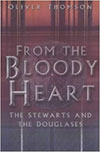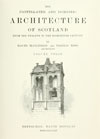

Cockburnspath Tower is a ruined 15th century castle standing above the steep-sided ravine of the Tower Burn.
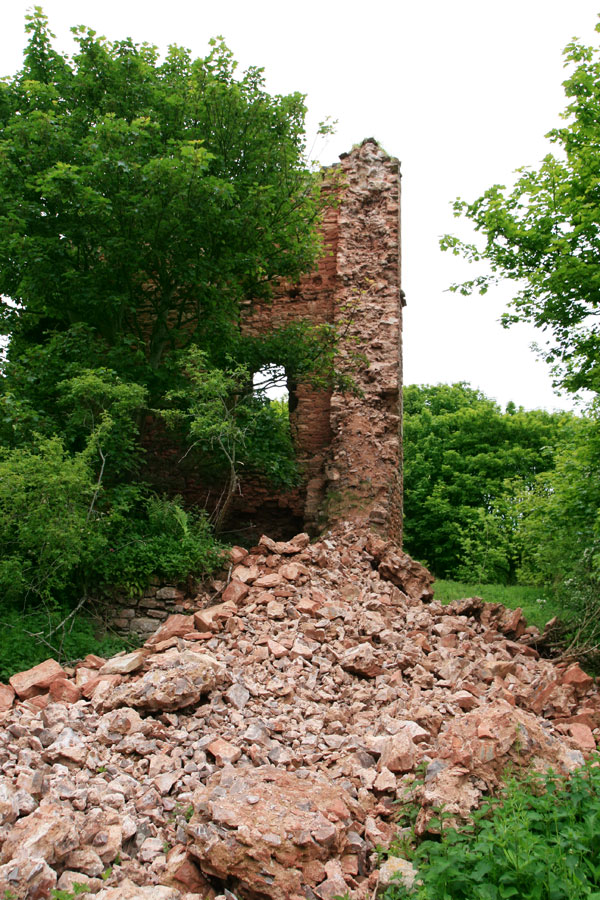
The recorded history of a castle at Cockburnspath goes back to 1073, according to the New Statistical Account of Scotland, when it is said that a castle at Colbrandspath, as it was then known, was owned by the Earl of Dunbar and March. Since the first person to use the title of Earl in this area was Gospatric II in the 12th century, this presumably is referring to his father, Gospatric, the Earl of Northumbria.
The castle at Cockburnspath remained in the possession of the Earls March until 1343, when Patrick de Dunbar, the 9th Earl of March, granted Sir Adam de Hepburn a charter of various lands in Haddingtonshire (now East Lothian) and Berwickshire which included Cockburnspath, although the Earls of March retained ownership.
Upon the forfeiture of the lands and titles of George de Dunbar, the 11th Earl of March, in 1435, the lands of Cockburnspath returned to the Crown, and in 1455 James II created his second son, Alexander Stewart, Duke of Albany, as the Earl of March, and granted him the lands of the earldom including the castle and barony of Cockburnspath.
It seems to be to this period that the current castle dates, the main keep being 15th century in style. The keep is rectangular on plan, and stands at the north-west corner of a courtyard, within which are a range of ancillary buildings.
The tower measures around 10.7m by 8.8m, with the walls averaging some 1.8m thick. Originally it consisted of four storeys, at the top of which would have been a parapet walk.
At the north-east corner of the tower’s base there is an unusual buttress arrangement, strengthening the walls above. The main entrance, an arched doorway, was next to this buttress, in the north-east wall. It is now blocked up.

The basement was vaulted, although little evidence of this remains. Today the north wall remains to a height of around 10 metres, and evidence of doors and windows can be seen in it. The doorways on each floor were arched on the interior, and square-headed externally.
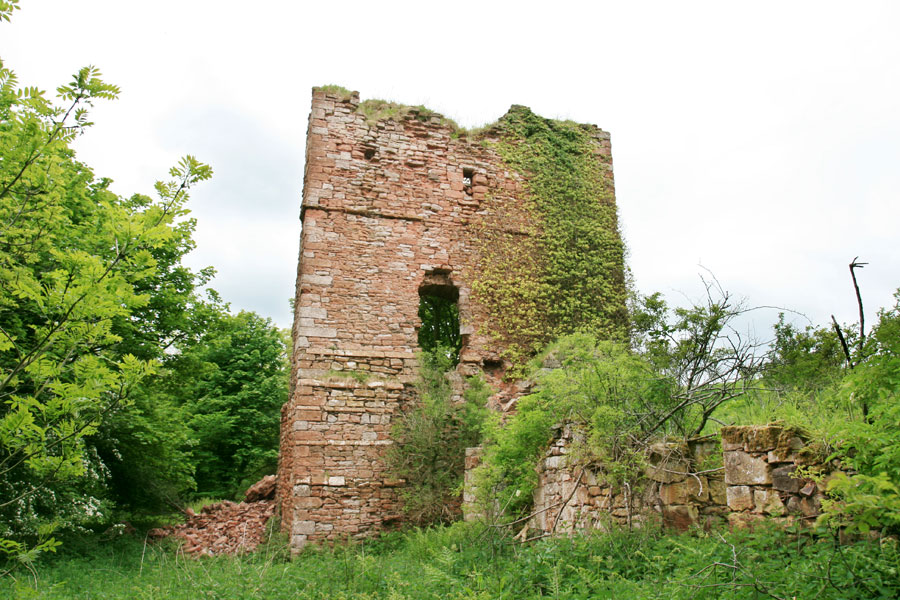
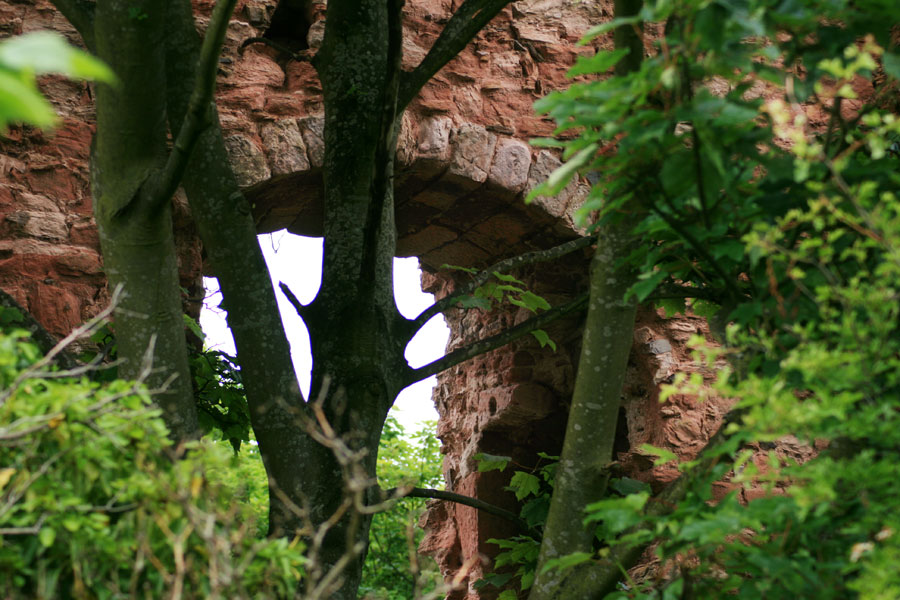
Extending from the south corner of the main tower was a courtyard wall, with an arched gate giving access to the courtyard within. Neither of these features remain, but were still to be seen in the late 18th century.
To the south-east of the main tower, across the courtyard, is a rectangular block which originally consisted of three vaulted chambers at ground level, above which may have been a long hall or further chambers. The upper floor has gone, leaving the lower walls, and while most of the vaulting has fallen and been removed, one small section still survives.

A doorway leads out onto a sleep slope, at the bottom of which is the Tower Burn.

This block measures around 21m long by 5.5m wide, with the walls averaging just over a metre in thickness.
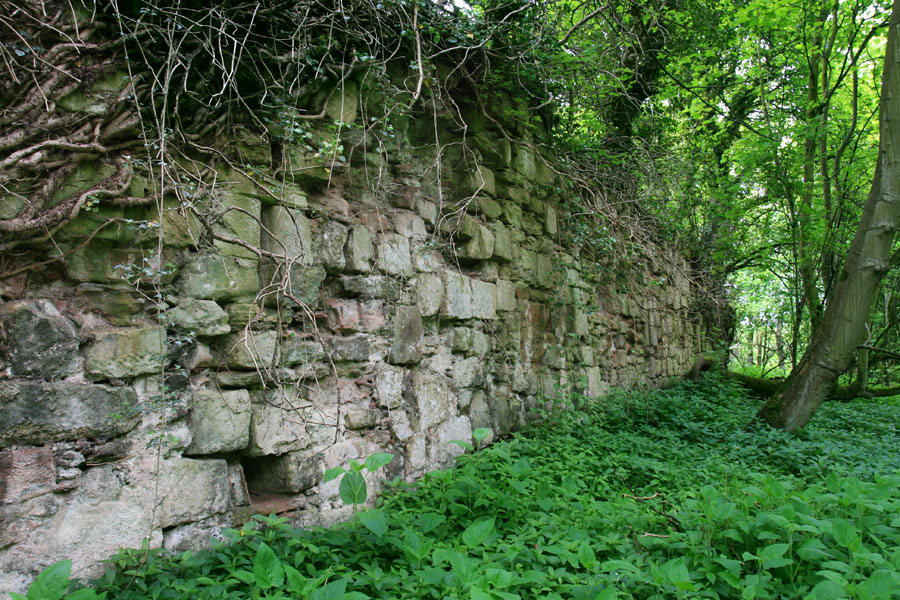
Now only the ground floor of the north and east walls now remain. They are pierced by slit windows, below which are small holes which may be either drains or gun loops.

When this block was first built is unclear, however as late as the 19th century an ornately-carved 17th century doorway could be seen, giving access to the northernmost chamber. This has since been destroyed.
In 1503 they made up part of the dowry paid by James IV upon his marriage to Margaret Tudor, and seem to have been granted to the Queen’s attorney. However, following James’ death at Flodden in 1513, Margaret married Archibald Douglas, the 6th Earl of Angus the following year, and he claimed the barony of Cockburnspath in her name.
This was the start of a long-running dispute with his brother in law, John Home of Blackadder, which the Homes ultimately won, and they took possession of Cockburnspath Tower. The Douglas family moved to Cockburnspath House early in the 17th century.
Cockburnspath Tower was owned by the Earl of Home until 1682, when it was bought by Sir John Hall, later created the 1st Baronet of Dunglass.
Cockburnspath Tower seems to have largely fallen out of regular use by this time, and by the late 18th century it was being used as a source of stone for local building work. It may be around this time that a farmstead was built to the north-east of the main tower.
This one storey block consists of two rooms, and measures around 13.4m by 5.8m, with walls 0.6m thick. Although obviously of much later work than the castle, it may be built on the site of earlier courtyard buildings.
The site is now very overgrown, with trees growing out of the masonry and destabilising the stonework, and weeds filling the interior of the courtyard and buildings.
Some time between December 2011 and March 2012, a massive section of walling at second floor level collapsed, and now lies as a huge pile of rubble at the base of the tower.
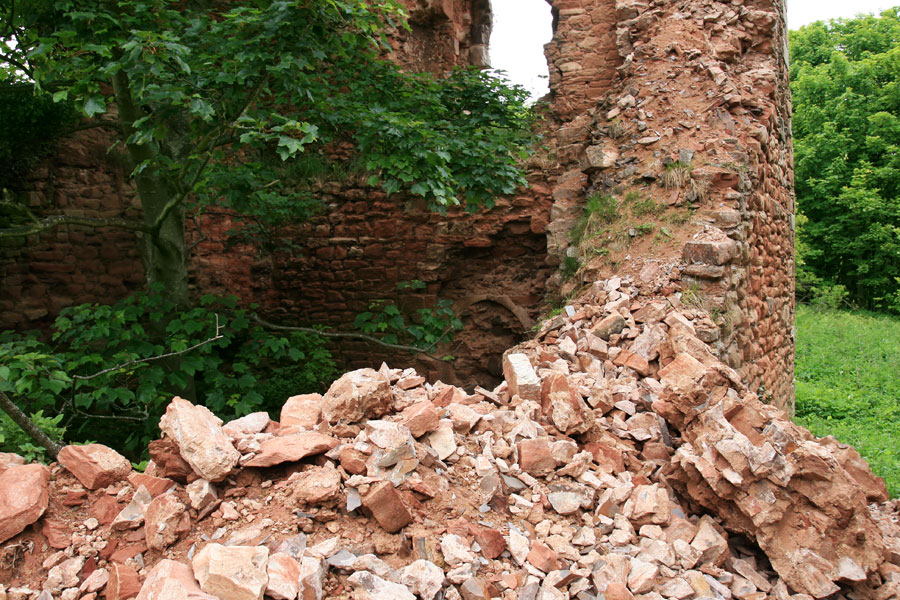
The walls across the site are being eroded by the weather, as well as being forced apart in places by trees growing within the fabric of the buildings. The whole area is heavily overgrown with trees and weeds.
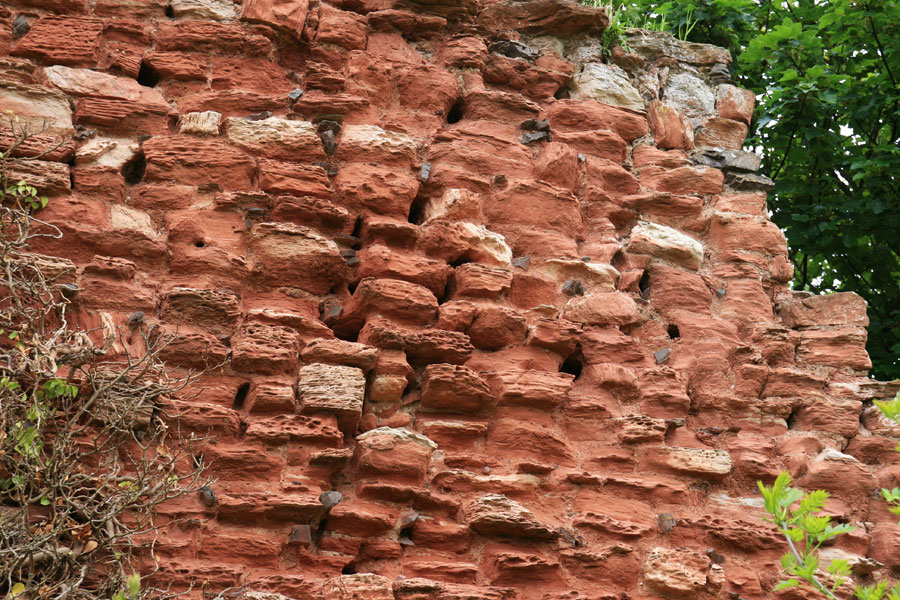

Alternative names for Cockburnspath Tower
Colbrandspath; Kolbrand's Path




